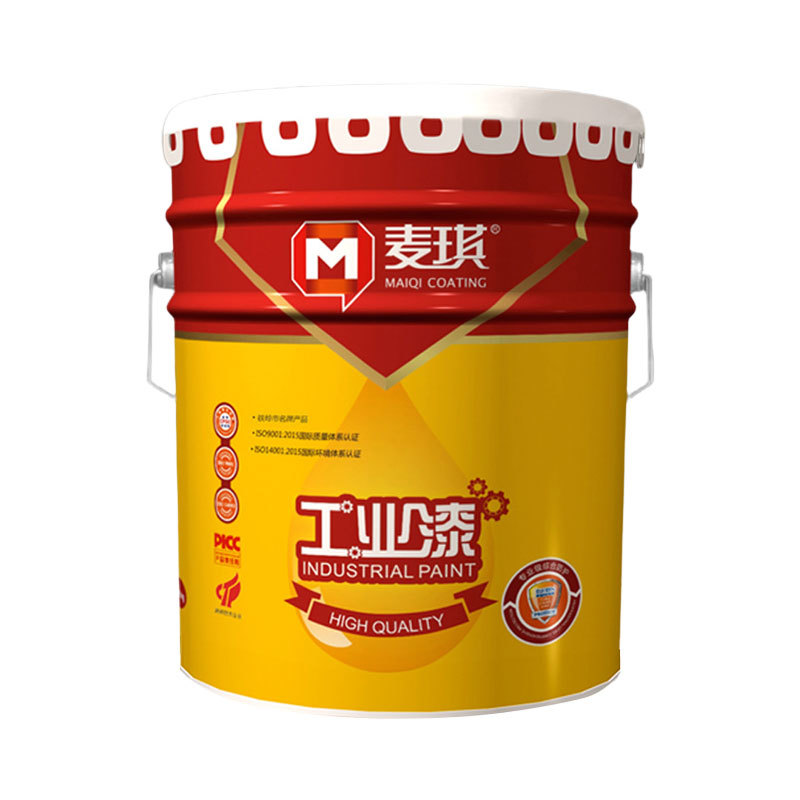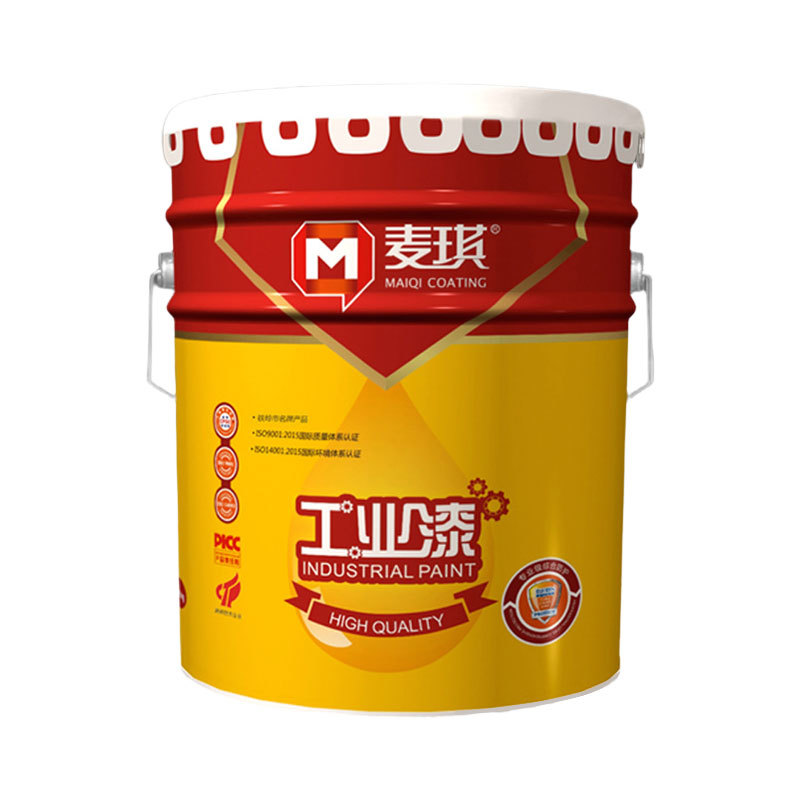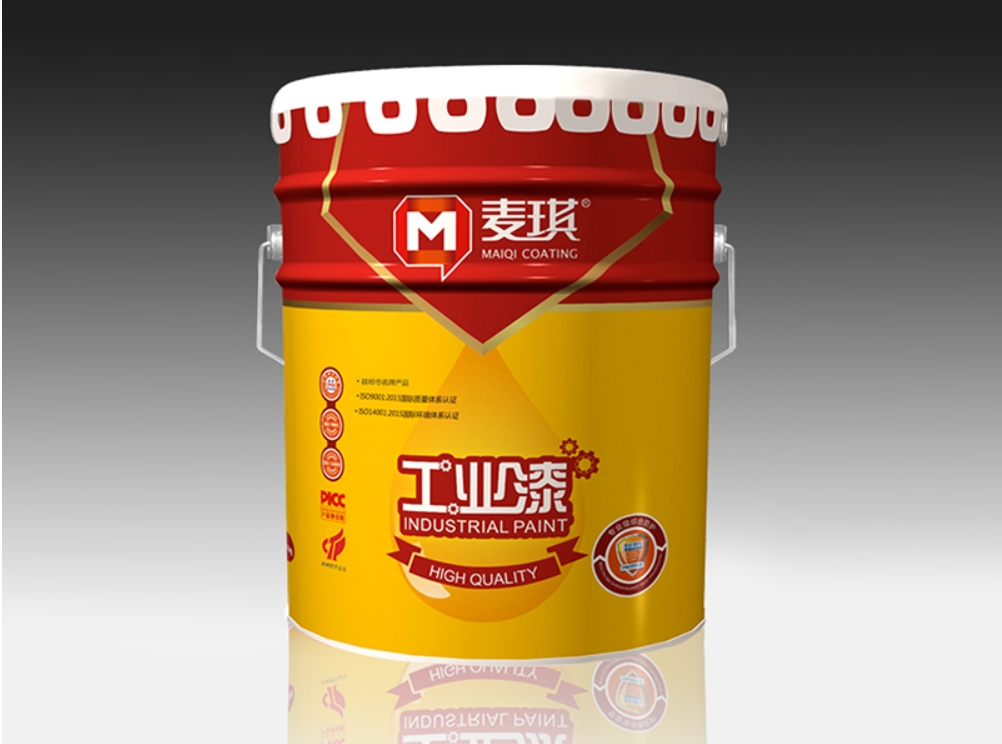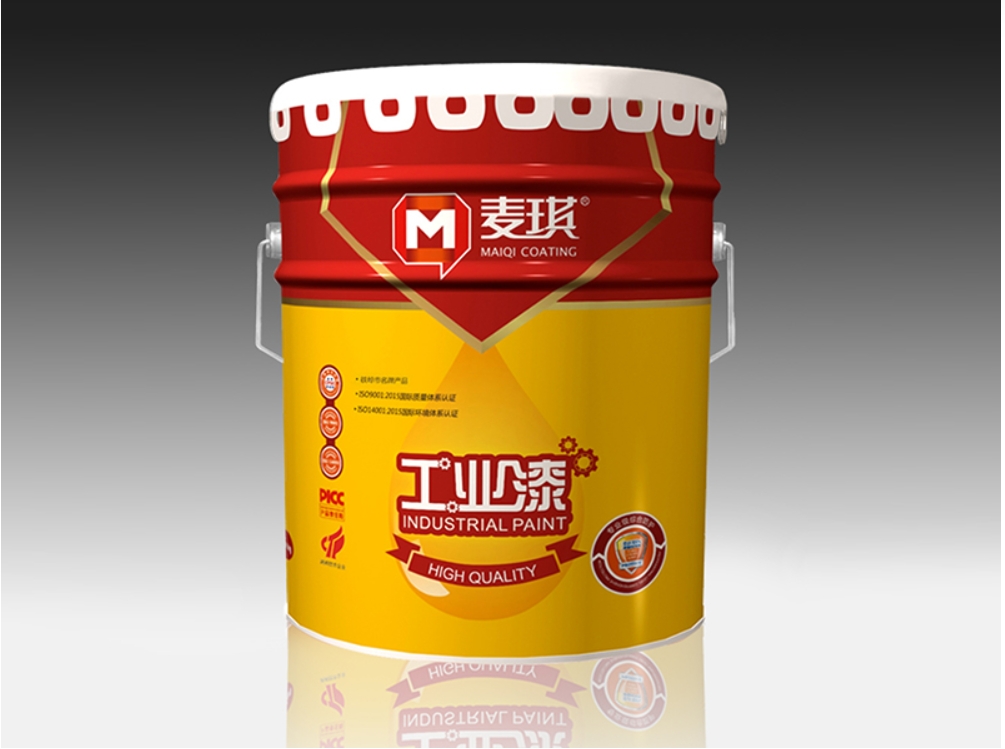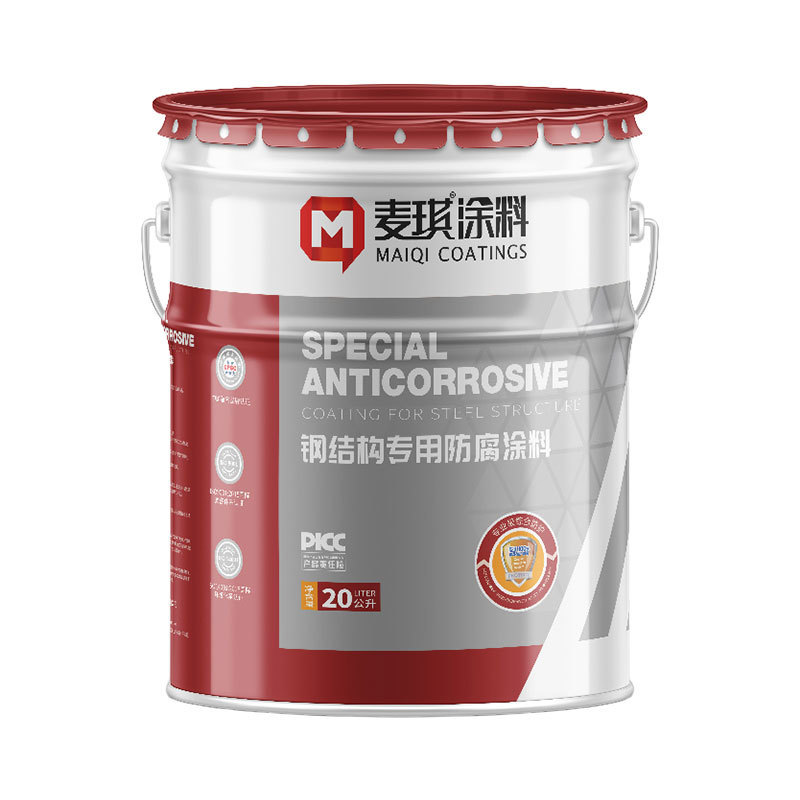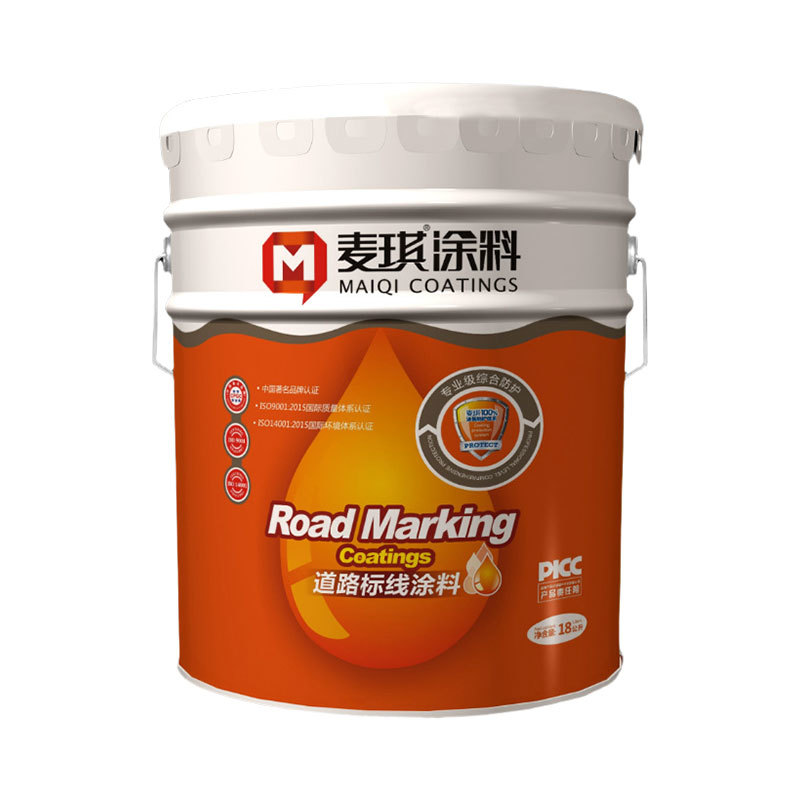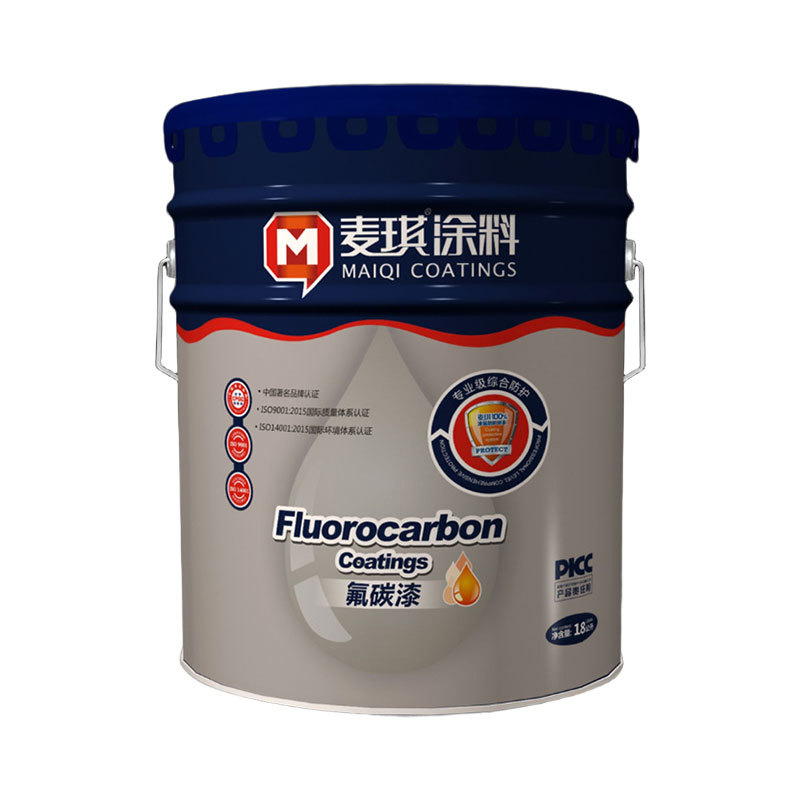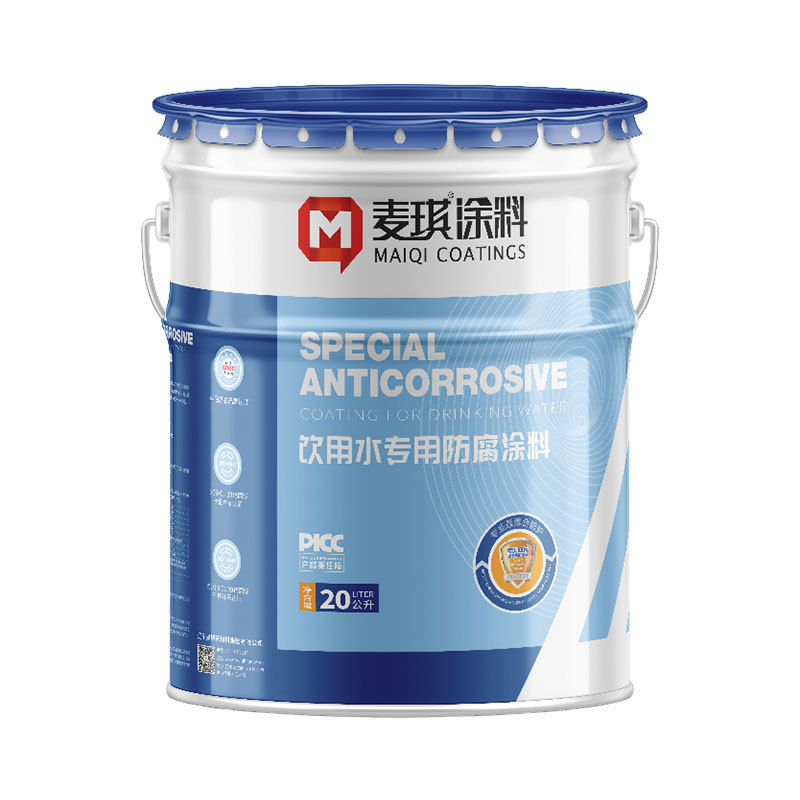
PN8710 Interpenetrating Network Anticorrosive Coating
Product Introduction:
IPN8710 interpenetrating network heavy anticorrosion coating is a two-component coating. Component A: resin, initiator; Component B: active monomer, catalyst. When component A and component B are mixed in equal amounts, three networks interpenetrate at the molecular level to form an interpenetrating polymer network (IPN) structure, producing a synergistic effect. The network formed by this coating has strong adhesion, good flexibility, and resistance to acids, alkalis, salts, and other corrosive media. It further improves the toughness, strength, adhesion, anti-permeability, and chemical inertness of the coating, giving the coating better performance. Improving the properties of polymers by forming IPN is a new type of polymer blending technology.
Physical Parameters:
Technical Indicators |
||
Test Item |
Unit |
Index |
Coating Appearance |
— |
Normal coating appearance |
State in Container |
— |
After stirring and mixing, there are no hard lumps, and it is in a uniform state. |
Gloss |
— |
Glossy |
Color |
— |
White |
Drying Surface Dry |
h |
≤6 |
Time Through Dry |
h |
≤48 |
Adhesion |
Grade |
1 |
Dry Film Thickness |
µm |
70-80µm |
Solid Content |
— |
60-65% |
Theoretical Consumption |
— |
380g/㎡ |
Salt Water Resistance |
72h |
No bubbling, no rust, no peeling |
Acid Resistance |
72h |
No bubbling, no rust, no peeling |
Alkali Resistance |
72h |
No bubbling, no rust, no peeling |
Product Characteristics:
Good corrosion resistance and strong adhesion.
The networks interpenetrate at the molecular level to form an interpenetrating polymer network (IPN) structure.
It belongs to a grafting type interpenetrating polymer network. Polymerization is initiated at room temperature, and the two networks can complement each other's strengths and weaknesses, producing a synergistic effect.
A new type of anticorrosion coating with high strength, high toughness, abrasion resistance, hydrolysis resistance, and excellent insulation performance.
Resistant to acids, alkalis, salts, seawater, boiling water corrosion, and chemical atmospheric corrosion.
v
Application Areas:
Mainly used for the inner walls of drinking water pipelines, reservoirs, and safe oil tanks (non-toxic and harmless, suitable for some food-related fields).
Construction Process:
Construction Conditions
The substrate temperature should not be lower than 5°C and at least 3°C higher than the air dew point (temperature and relative humidity should be measured near the substrate). The relative humidity should not exceed 65%. Good ventilation is usually required to ensure proper paint drying.
Construction Methods
Spraying: Airless spraying or air spraying. High-pressure airless spraying is recommended. When using air spraying, pay attention to adjusting the paint viscosity and air pressure. The thinner should not exceed 10%, otherwise it will affect the coating performance.
Brushing: It is recommended to use for pre-coating and small-area coating, but the specified dry film thickness must be achieved.
Packaging and Storage
The storage environment should be dry, cool, and well-ventilated, avoiding high temperatures and keeping away from fire sources. The packaging container must be kept sealed. The effective storage period is 12 months.
Precautions
If the bucket cannot be used up once after opening the lid, the lid should be sealed immediately to prevent solvent volatilization from affecting the use.
Health and Safety
Please pay attention to the warning signs on the packaging container. Use in a well-ventilated environment. Do not inhale paint mist and avoid skin contact. If paint splashes on the skin, immediately wash with a suitable cleaning agent, soap, and water. If it splashes into the eyes, rinse thoroughly with water and seek immediate medical attention.

8710 Drinking water inner wall paint
Contact Us
Belonging Category
Related Products
Product Inquiry

